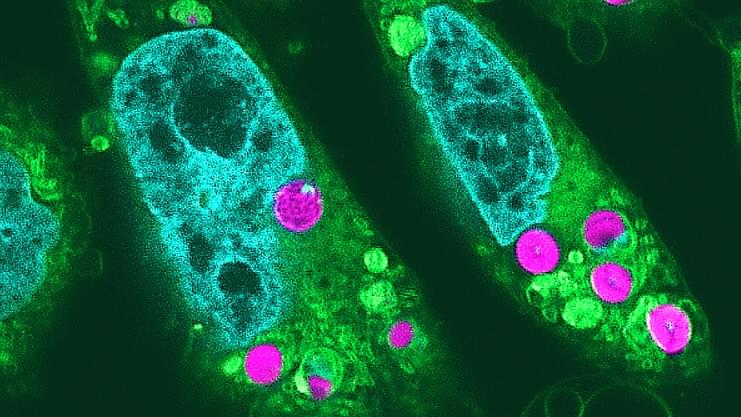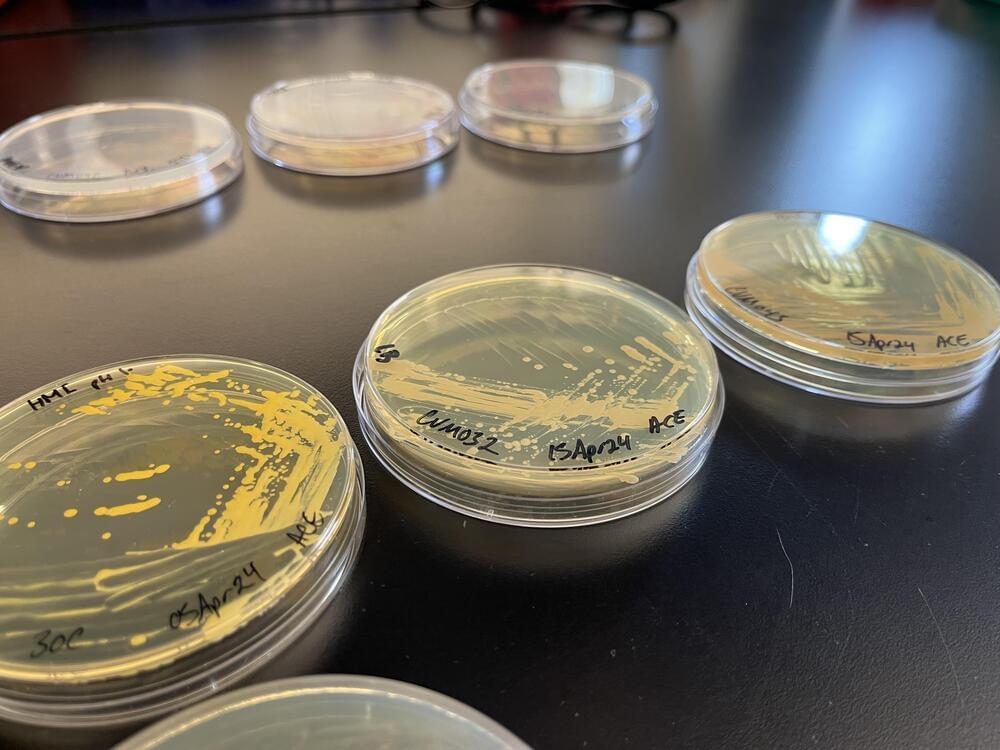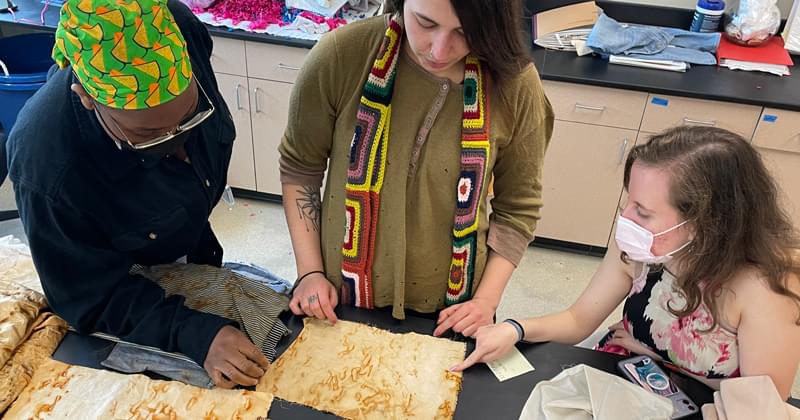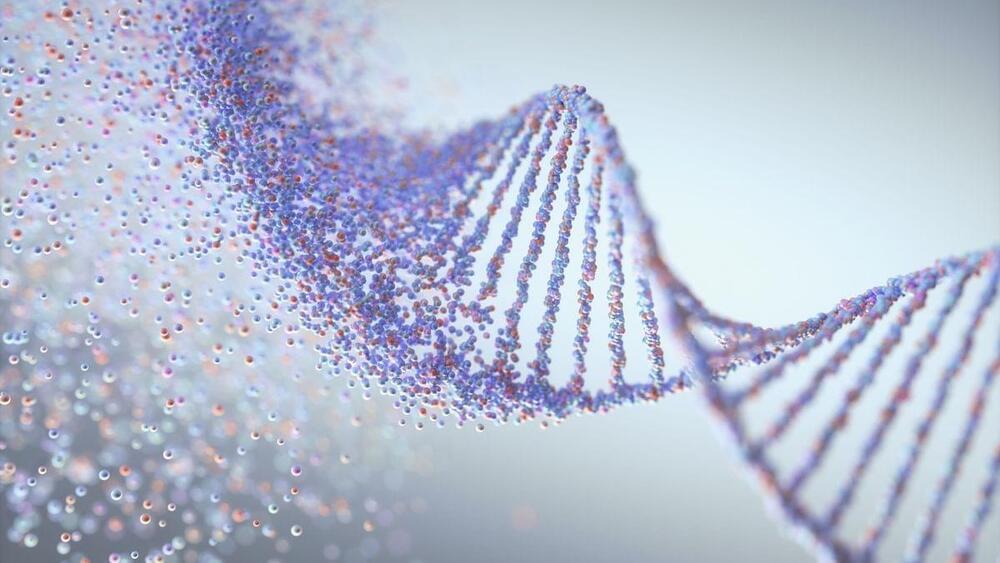Nov 27, 2024
Solar-Powered ‘Planimal’ Cells? Chloroplasts in Hamster Cells Make Food From Light
Posted by Omuterema Akhahenda in categories: chemistry, energy, food, sustainability
The ability of plants to convert sunlight into food is an enviable superpower. Now, researchers have shown they can get animal cells to do the same thing.
Photosynthesis in plants and algae is performed by tiny organelles known as chloroplasts, which convert sunlight into oxygen and chemical energy. While the origins of these structures are hazy, scientists believe they may have been photosynthetic bacteria absorbed by primordial cells.
Our ancestors weren’t so lucky, but now researchers from the University of Tokyo have managed to rewrite evolutionary history. In a recent paper, the team reported they had successfully implanted chloroplasts into hamster cells where they generated energy for at least two days via the photosynthetic electron transport process.
















